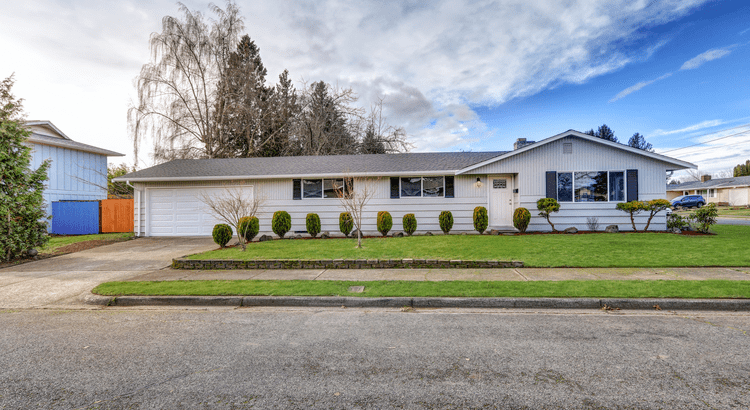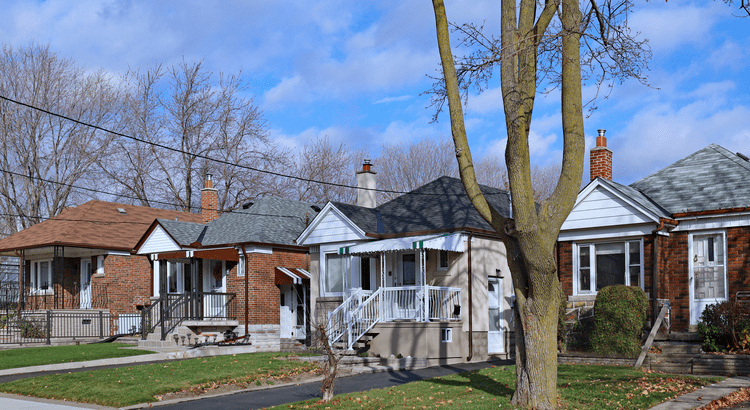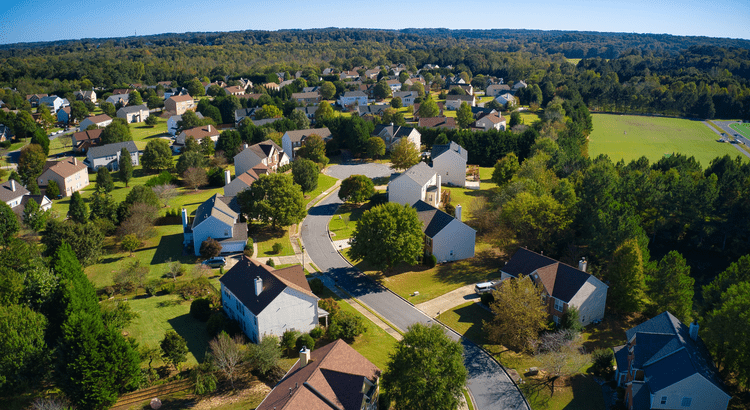Essential Guide to Understanding Closing Costs When Buying a Home

So, you’ve decided to take the plunge into homeownership—exciting times ahead! But before you start packing your boxes, let’s talk about something that often slips under the radar: closing costs. While the down payment might be the most significant figure on your mind, these additional expenses can add up quickly. Here’s everything you need to know to ensure you’re fully prepared.
What Are Closing Costs?
Breaking Down Closing Costs
Simply put, closing costs are the various fees and expenses you need to pay when finalizing your home purchase. They can vary widely depending on factors like the location of your new home and how you’re financing it. Think of closing costs as the icing on the cake of homebuying—necessary but often overlooked.
According to Freddie Mac, these costs typically include:
- Application Fees: Charges for processing your mortgage application.
- Credit Report Fees: Costs for obtaining your credit report.
- Loan Origination Fees: Fees charged by the lender for processing the loan.
- Appraisal Fees: The cost of having your future home appraised.
- Home Inspection Fees: Fees for inspecting the property to identify any potential issues.
- Title Insurance: Protection against claims on the property’s title.
- Homeowners Insurance: Initial payment for your insurance policy.
- Survey Fees: Costs for surveying the property boundaries.
- Attorney Fees: Legal fees, if applicable, for reviewing documents.
Some of these costs are one-time fees related to the closing process, while others, like homeowners insurance, are initial payments for ongoing expenses once you’ve moved in.
How Much Can You Expect to Pay?
Estimating Your Closing Costs
So, how much will all of this set you back? Freddie Mac suggests that closing costs generally range from 2% to 5% of the home’s purchase price.
To put that into perspective, let’s say you’re eyeing a home with a median price of $422,600. Based on that percentage range, you should budget between $8,452 and $21,130 for closing costs. Keep in mind that if you’re looking at a home with a different price tag, your closing costs will be adjusted accordingly.
Tips to Lower Your Closing Costs
Strategies for Reducing Costs
Feeling a bit overwhelmed by the thought of hefty closing costs? Don’t worry; there are several ways to potentially reduce these expenses. Here are some savvy strategies to consider:
-
Negotiate with the Seller: In today’s market, many sellers are open to negotiations. Since homes are sometimes lingering on the market longer, sellers may be more willing to cover part or even all of your closing costs. It never hurts to ask for concessions, like having them pay for the home inspection or offer a credit toward closing fees.
-
Shop Around for Home Insurance: Home insurance rates can vary significantly. Don’t just go with the first quote you receive. Take the time to explore your options, compare coverage, and select a policy that provides solid protection at a competitive rate.
-
Look into Closing Cost Assistance Programs: Just like down payment assistance, there are resources available for closing costs. These programs vary based on location, income level, and even your profession. For instance, teachers, first responders, and veterans often qualify for special programs. Your real estate professional can guide you to relevant assistance programs, and the U.S. Department of Housing and Urban Development (HUD) offers resources for finding help in your area.
The Bottom Line
Planning for closing costs is a crucial part of the homebuying process. These fees don’t have to come as a shock if you do your homework and budget accordingly. By arming yourself with the right knowledge and working with experienced professionals, you can navigate this phase of buying a home with confidence.
If you have questions or want personalized guidance, let’s connect! Together, we can ensure that you’re fully prepared for the exciting journey of homeownership.
Recent Posts










GET MORE INFORMATION
